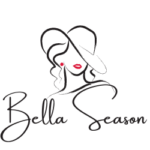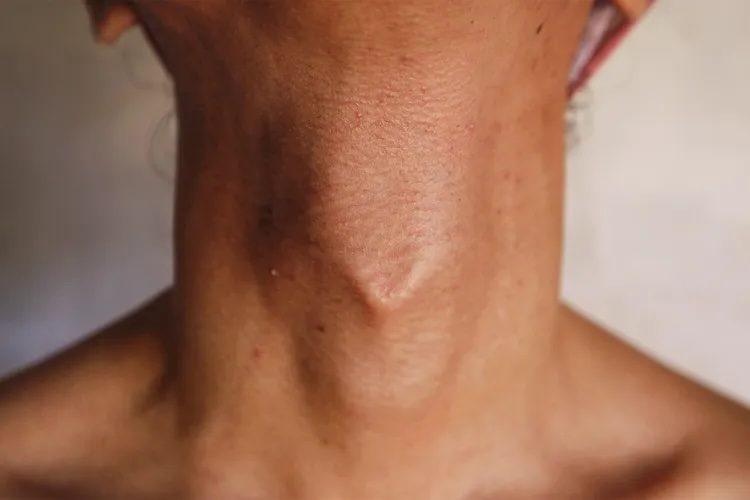It’s been really hot these days in Los Angeles, and I’ve been sweating a lot, especially around my chest skin, which feels hot and stuffy…
So, I realized it’s time to use nipple covers and to produce a “Nipple Cover Guide” for girls!
What are the pros and cons of nipple covers? Do wearing them cause breast sagging or diseases? Who shouldn’t use them?


How cool is it to use nipple covers?
In a few words: convenient, lightweight, seamless, unrestricted, and cool—these are my biggest feelings about using nipple covers.
Compared to regular underwire bras, silicone nipple covers are incredibly convenient. You don’t need to take off your clothes, struggle to hook a bra, and then put your clothes back on—just stick the nipple covers on your chest.
Additionally, underwire bras can cause discomfort, pain, or even breathing difficulties and dizziness, but with the right nipple covers, you feel almost nothing. Choosing one from a reputable brand is crucial to ensure their great quality and reliability, enhancing customer satisfaction and trust in the product.
Lastly, being just a thin piece, nipple covers are much cooler than thick bras—a true summer lifesaver!


Do nipple covers really have these drawbacks?
While nipple covers are cool to use, there have been various claims about their harms. So, are these claims true?
Do nipple covers cause breast sagging?
No.
Breast sagging is caused by gravity and the loosening of breast ligaments due to aging.
Breast size can also influence sagging—the larger the breast, the more likely it is to sag, as gravity is inescapable.
While breast ligaments do provide substantial support, they weaken with age and hormone decline, leading to sagging. Factors like childbirth, smoking, and excessive alcohol consumption can accelerate this aging process.
Obviously, breast sagging is a natural phenomenon. We can combat it by maintaining good exercise, lifestyle, and dietary habits to slow down ligament aging.
In reality, whether bras or nipple covers, their functions are mostly limited to stabilizing, reducing impact, shaping, and preventing protrusions, making your life more convenient and comfortable. They neither prevent nor cause sagging.
Does the adhesive on nipple covers damage the nipples?
Generally, no.
Most of the adhesive covers on the market are designed with breathability and safety, incorporating a protective area made of non-woven fabric, often referred to as a breast petal, at the nipple position to better protect sensitive nipples.
Customers have praised the quality, adhesion, and longevity of these nipple covers’ convenience, noting their reliability and usefulness over many years. Some may not have this addition, but as long as the product complies with national safety standards, there should be no issues. For a comfortable and natural look, it’s advised to paste them on the nipple and smooth the edges.
Can the lack of breathability in nipple covers lead to mastitis?
Not if you maintain proper hygiene.
Mastitis is an inflammation of the breast tissue, mainly caused by infection, and can occur at any age but is common among breastfeeding women due to milk stasis and nipple damage leading to bacterial growth.
As long as the nipple covers you use are up to standard and you change and wash them regularly, there’s little to worry about.
Can frequent use of nipple covers cause nipple inversion?
No.
Nipple inversion, where the nipple does not protrude from the breast plane and cannot be drawn out, is mostly caused by congenital factors or by diseases like breast tumors, inflammation, or trauma, which can lead to fibrosis and contraction of the ducts and ligaments, pulling the nipple inward.
Overall, the factors affecting nipple inversion are more about genetics and health conditions than the use of nipple covers.
Nipple Covers Shopping Guide
Let’s dive into our shopping segment!
Here are three types of nipple covers I’ve trued—sterile dressings, silicone nipple covers, and silicone bras.
Sterile Dressings
These are essentially advanced versions of band-aids. They’re cheap, disposable, individually packaged, and hygienic. However, they’re square-shaped and might show under tight clothing, especially if not applied smoothly. Some users report pain when removing them.
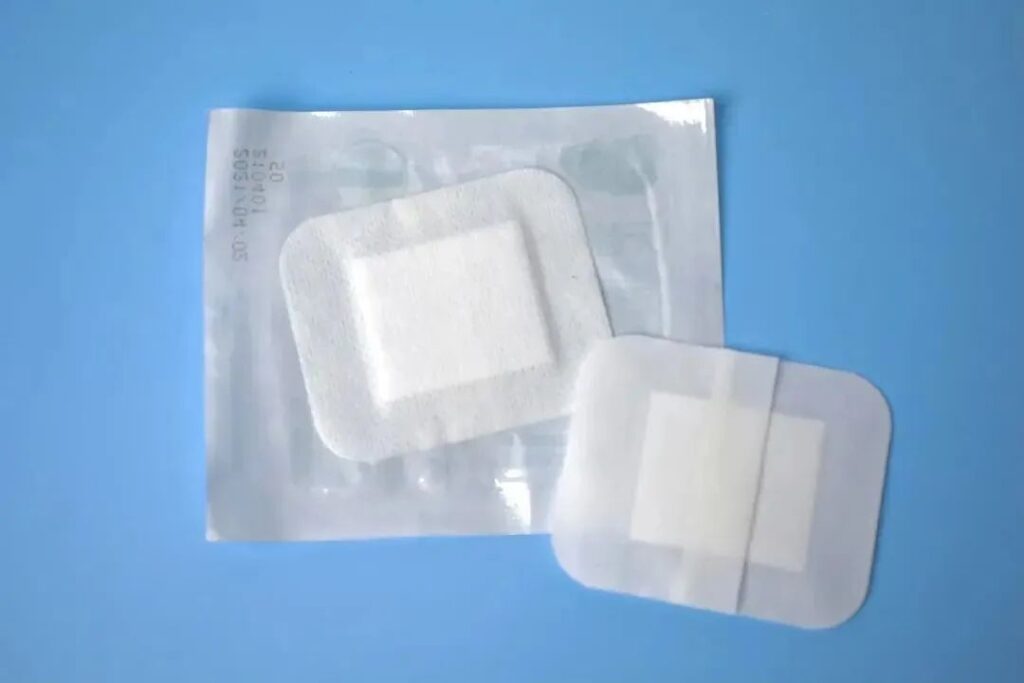

Silicone Bras
These offer great invisibility and fit, providing a lifting and gathering effect. They are available in ‘one size’ designed to fit most individuals, making them very considerate designs. However, they’re thicker and heavier, can trap sweat more easily, and are more suited for formal wear rather than daily use.
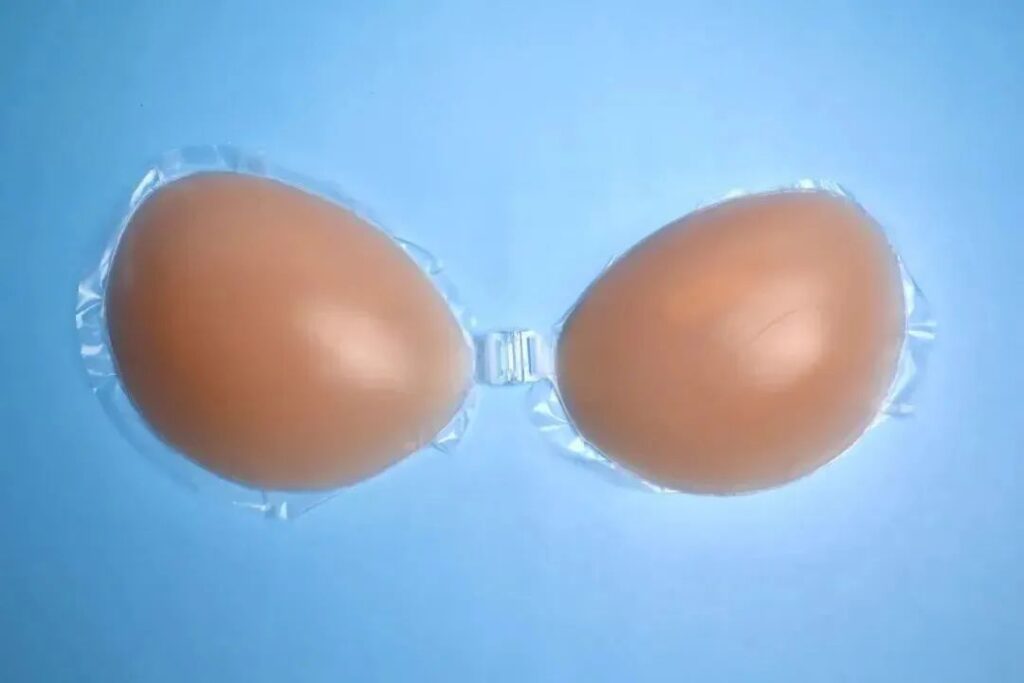

Silicone Nipple Covers
These are what I use. They’re super invisible, especially in the popular ‘nude’ color option which enhances their invisibility, conform well to your breast shape due to their tapered thickness, and stick securely.
They solve the problem of nipples showing through clothes, can be washed with mild soap and air dry to maintain their stickiness, and reused, making them hygienic, economical, and environmentally friendly. The usage of these covers varies, but with proper care, they can last for multiple years.
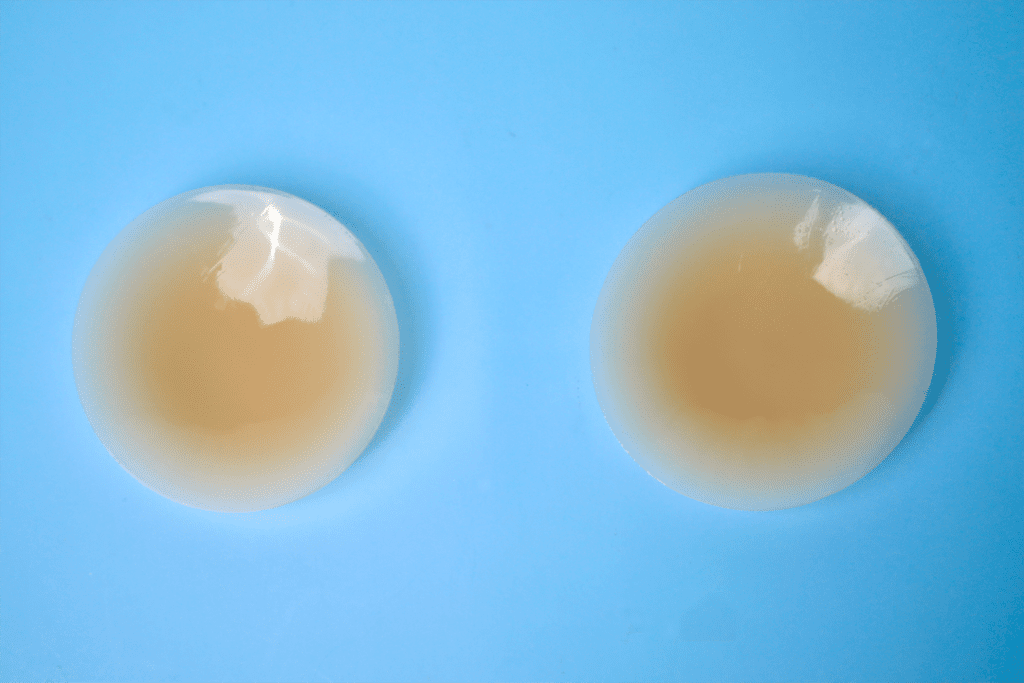

But for sagging breasts, like mine, I recommend big nipple covers (and with lift is better) instead of small ones because otherwise they will look like this:


Remember, while there are many brands of nipple covers, those in a similar price range generally offer comparable experiences.
Nipple covers are not very durable, so there’s no need to go for expensive or feature-rich options. Just buy what you can afford from certified manufacturers, such as what I personally use is this one: the Nippies nipple covers, it has options for different Cups and colors to fit your outfit effortlessly.
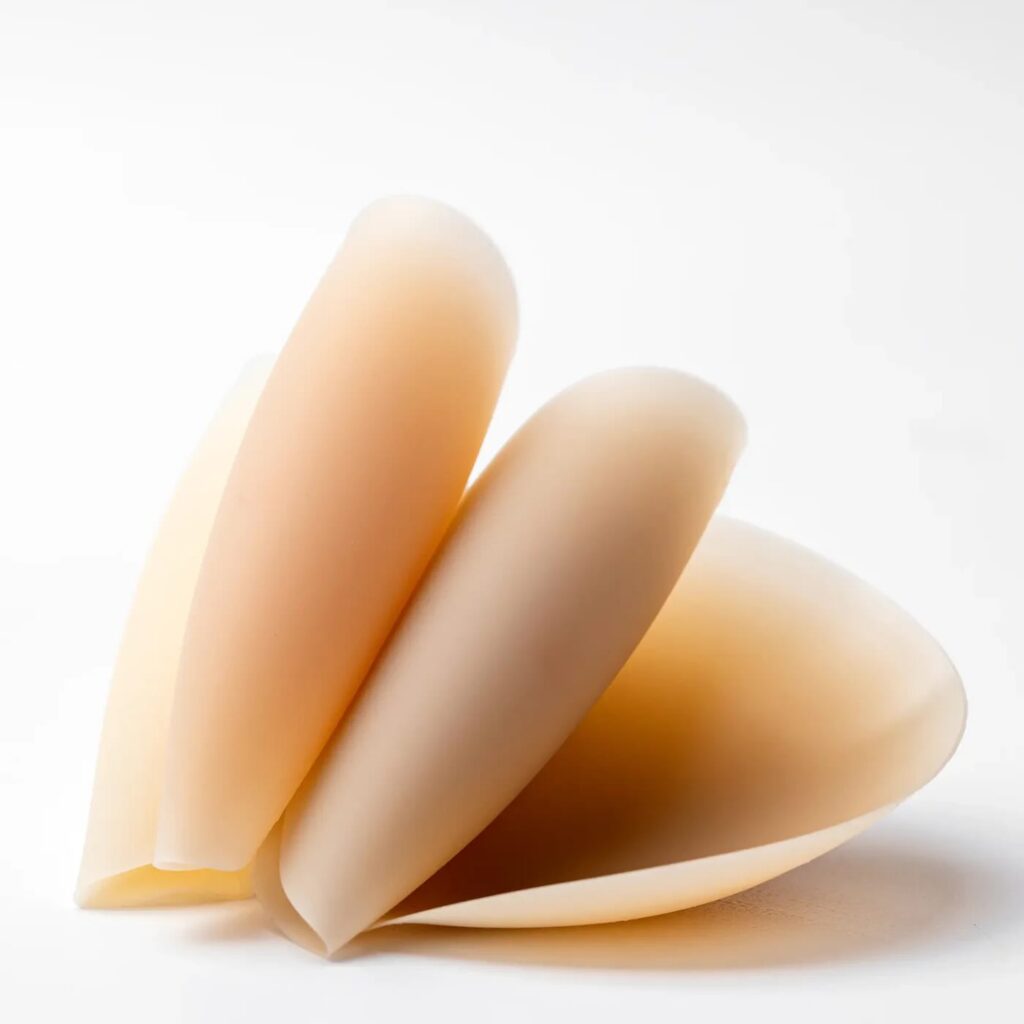

Which women should avoid nipple covers?
While nipple covers are generally harmless for most women, there are some exceptions.
Nipple covers do not provide the support needed for larger breasts, which can put additional strain on the back and neck, potentially causing pain.
While the adhesives used in nipple covers are safe under national standards, some women might still experience allergic reactions such as itching and swelling due to prolonged skin contact.
If you want to try them, it’s advisable to buy a pair from a reputable seller to test for any adverse reactions before long-term use.
Lastly, women with inverted nipples or other special requirements might want to opt for alternatives that suit their needs better.
Some customers with larger breasts or allergies have reported issues, which is why it’s important to make a careful purchase.
Bottom Lines
I hope this detailed guide on the pros and cons of nipple covers, unsuitable candidates, and shopping advice has been helpful. Good luck finding your perfect petals for breast match!
